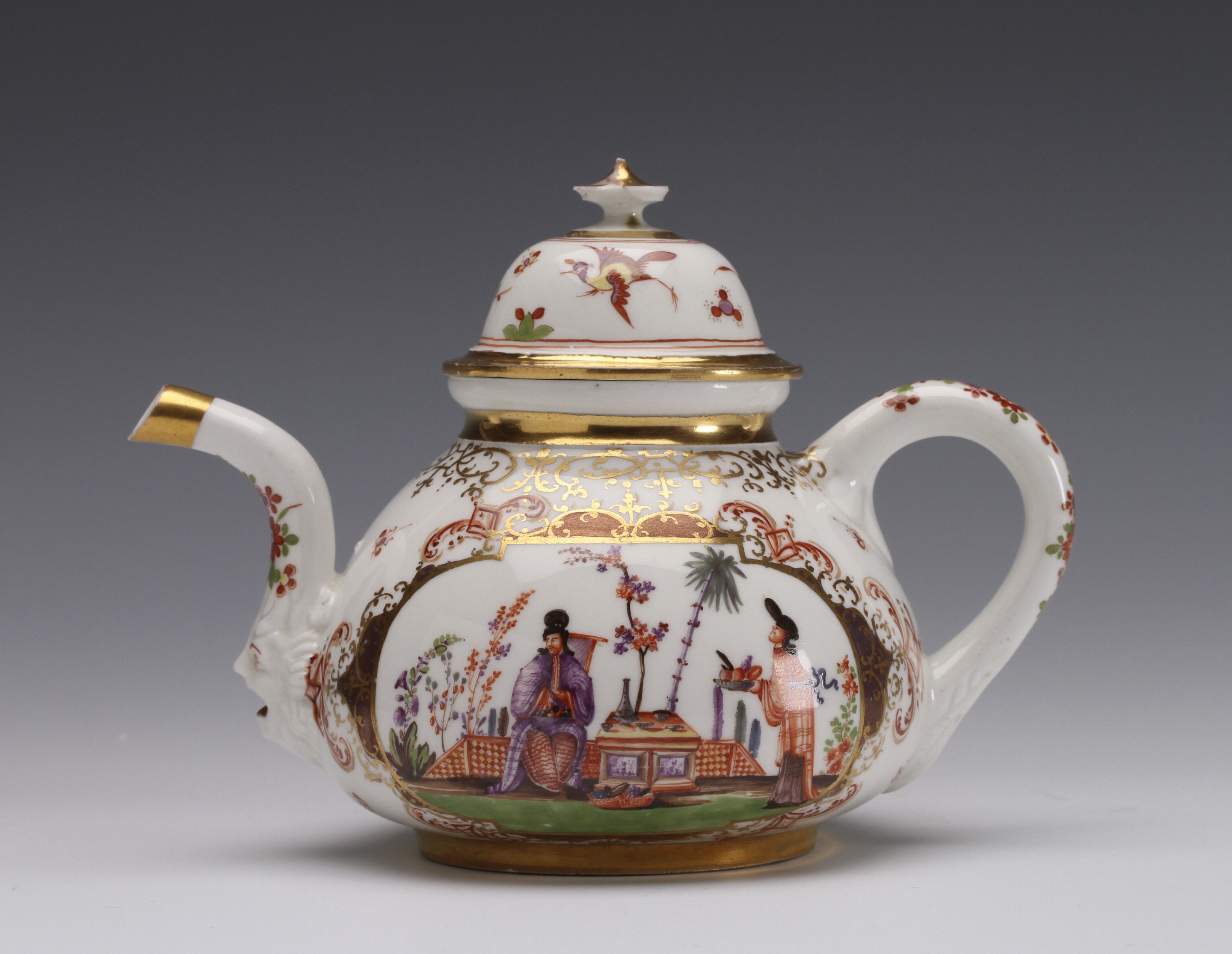How To Read Over Under
- Pour-Over Clause. If the person who wrote the will also created a separate living trust to avoid probate, the will may contain a “pour-over” clause, directing that assets passing under the will be automatically put into (“poured over” to) the trust. Then the successor trustee.
- The over/under is a simple wager where the bettor decides whether the final score of a specific game will be over or under a published number. The number represents the sum total of points scored by both teams. Thus, you either bet on the over or the under.

This material must not be used for commercial purposes, or in any hospital or medical facility. Failure to comply may result in legal action.
Go over/read over/read through read over Read over the Hershey's commercial? Representative to read over constrast of read 'over' to read 'through' - English Only forum I would have him read over - English Only forum look over, go over, read over - English Only forum Nancy has read one book per week over the past seven months. Over/under bets. Even though Totals and Over/Under may be used interchangeably for scoring, there’s another way to make Over/Under bets. An Over/Under bet can also be a proposition bet where there’s a wager made on a specific occurrence. A boxing match is a good example since scoring isn’t quite the same as the major sports. Underread definition is - to take a reading below the correct reading of (a test): to read (as a temperature, measurement, or weight) as lower than that actually registered. How to use underread in a sentence.
Medically reviewed by Drugs.com. Last updated on March 4, 2021.
- Care Notes
What is it?
An oral temperature (TEM-per-ah-chur) is when the mouth is used to take your temperature. A temperature measures body heat. A thermometer (ther-MOM-uh-ter) is used to take your temperature in your mouth. A person should be 5 years or older to have a temperature taken in the mouth.
Why do I need to check an oral temperature?
You may need to check an oral temperature to learn if you or a family member has a fever. 'Fever' is a word used for a temperature that is higher than normal for the body. Fever is usually a sign of illness, infection, or other conditions. The normal oral temperature for adults is about 98.6° F (37° C). The normal oral temperature for a child is between 97.6° and 99.3° F (36.4° and 37.4° C). The normal oral temperature for older persons is 98.2° F (36.8° C). Body temperature changes slightly through the day and night, and may change based on your activity.
What kind of thermometer is used to take an oral temperature?
- A digital thermometer is used to take an oral temperature. It is a small hand-held device with a 'window' showing your temperature in numbers. There are many kinds of digital thermometers. Most digital thermometers are easy to use and measure body temperature within seconds. Carefully read the instructions before using your digital thermometer. Digital thermometers can be bought at grocery, drug, or medical supply stores.
- Glass thermometers with alcohol inside may also be used for oral temperatures. This thermometer is a thin glass tube with a red or blue line inside it. These thermometers are safe to use for people over the age of 5. A child younger than 5 may bite the thermometer, breaking it in their mouth. Glass thermometers with galinstan (GAL-in-stan) may also be used to check an oral temperature. Galinstan thermometers have a silver-colored line, but will be marked 'mercury-free' when you buy one. Alcohol-filled and galinstan glass thermometers are harder to find in regular grocery stores.
- In the past, mercury (MER-kure-e) thermometers were used. This thermometer is a thin glass tube with a silver tip and line inside. The silver tip and line is mercury. Mercury is a toxic and hazardous chemical. The Environmental Protection Agency (EPA), the American Academy of Pediatrics (AAP), and other organizations warn against using mercury thermometers. If the thermometer breaks, the mercury may be breathed in or absorbed (soaked) into your skin. If a glass thermometer breaks while checking an oral temperature, the mercury may be swallowed. Mercury is bad for your health, as well as for the water, wildlife, and waste systems on earth.
- If you have a mercury thermometer, replace it with a digital thermometer. You may also replace it with a glass thermometer having alcohol or galinstan instead of mercury in it. If your mercury thermometer breaks, do not touch the thermometer or the mercury. Do not try to clean up the spill. Open your windows to air out the area. Take children and pets out of the area right away. Contact the following:
- 24-Hour Nationwide Poison Control Hotline
National Capital Poison Center
3201 New Mexico Avenue, Suite 310
Washington , DC 20016
Phone: 1- 800 - 222-1222
Web Address: http://www.poison.org
How do I use a digital thermometer?
There should not be anything hot or cold in your mouth for 10 minutes before taking your temperature.
- Take the thermometer out of its holder.
- Put the tip into a new throw-away plastic cover if one is available. If you do not have a cover, clean the pointed end (probe) with soap and warm water or rubbing alcohol. Rinse it with cool water.
- With your mouth open, put the covered tip under your tongue.
- Close your lips gently around the thermometer.
- Keep the thermometer under your tongue until the digital thermometer beeps.
- Remove the thermometer when numbers show up in the 'window'.
- Read the numbers in the window. These numbers are your temperature.
- Your caregiver may want you to keep a temperature record. Write down the time and your temperature each time you take it.
- Remove or eject the throw-away cover if you used one.
- Place the thermometer back in its holder.
How do I use a glass thermometer?
There should not be anything hot or cold in your mouth for 10 minutes before taking a temperature.
How To Read Bets
- Take the thermometer out of its holder.
- Hold the thermometer by the end opposite the colored (red, blue, or silver) tip.
- Clean the thermometer with soap and warm water or rubbing alcohol. Rinse with cool water.
- Turn the thermometer in your hand until you see the red, blue, or silver line. The line should read less than 96° F (35.6° C). If the line reads more than 96° F (35.6° C), firmly shake the thermometer downward several times. Shake the thermometer over a couch or bed. This will keep it from breaking if it slips out of your hand.
- Check the thermometer again to make sure it reads less than 96°F (35.6°C).
- With your mouth open, put the end with the red, blue, or silver-colored tip under your tongue.
- Close your lips gently around the thermometer. Do not bite the glass thermometer.
- Keep the thermometer under your tongue for 3 minutes.
- Remove the thermometer without touching the tip.
- Gently wipe the thermometer with a tissue.
- Hold the thermometer at eye level.
- Slowly turn the thermometer until you see the red, blue, or silver-colored line. Each long mark on the thermometer is the same as 1 degree. Short marks are the same as 0.2 degree.
- Your caregiver may want you to keep a temperature record. Write down the time and your temperature each time you take it.
- Wash the thermometer with soap and warm water. Do not use hot water because it may break the thermometer.

Care Agreement
How To Read Over Under Spread

You have the right to help plan your care. To help with this plan, you must learn how to take an oral temperature. You can then discuss your treatment options with your caregiver. You can work with your caregiver to decide what care will be used to treat you. You always have the right to refuse treatment.
The above information is an educational aid only. It is not intended as medical advice for individual conditions or treatments. Talk to your doctor, nurse or pharmacist before following any medical regimen to see if it is safe and effective for you.
How To Read Over Under Bets
Further information
Always consult your healthcare provider to ensure the information displayed on this page applies to your personal circumstances.
How To Read Over Under Nba
Copyright © 2012. Thomson Reuters. All rights reserved. Information is for End User's use only and may not be sold, redistributed or otherwise used for commercial purposes.